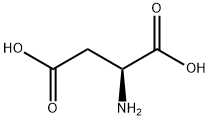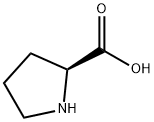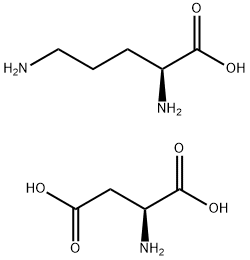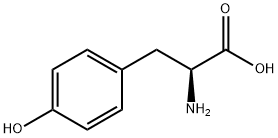L-Aspartic acid , Used for cell or plant cell culture, ≥99%(t) , 56-84-8
Synonym(s):
(S)-(+)-Aminosuccinic acid;(S)-Aminobutanedioic acid
CAS NO.:56-84-8
Empirical Formula: C4H7NO4
Molecular Weight: 133.1
MDL number: MFCD00002616
EINECS: 200-291-6
| Pack Size | Price | Stock | Quantity |
| 100G | RMB156.00 | In Stock |
|
| 500G | RMB639.20 | In Stock |
|
| others | Enquire |
PRODUCT Properties
| Melting point: | >300 °C (dec.)(lit.) |
| alpha | 25 º (c=8, 6N HCl) |
| Boiling point: | 245.59°C (rough estimate) |
| Density | 1.66 |
| bulk density | 430kg/m3 |
| FEMA | 3656 | L-ASPARTIC ACID |
| refractive index | 1.4540 (estimate) |
| storage temp. | Store below +30°C. |
| solubility | H2O: 5 mg/mL |
| form | powder |
| pka | 1.99(at 25℃) |
| color | White |
| PH | 2.5-3.5 (4g/l, H2O, 20℃) |
| Odor | acid taste |
| optical activity | [α]20/D +24.7±1°, c = 5% in 5 M HCl |
| biological source | synthetic |
| Odor Type | odorless |
| Water Solubility | 5 g/L (25 ºC) |
| λmax | λ: 260 nm Amax: 0.20 λ: 280 nm Amax: 0.10 |
| JECFA Number | 1429 |
| Merck | 14,840 |
| BRN | 1723530 |
| Stability: | Stable. Combustible. Incompatible with strong oxidising agents. |
| InChIKey | CKLJMWTZIZZHCS-REOHCLBHSA-N |
| LogP | -0.67 |
| CAS DataBase Reference | 56-84-8(CAS DataBase Reference) |
| NIST Chemistry Reference | Aspartic acid(56-84-8) |
| EPA Substance Registry System | Aspartic acid (56-84-8) |
Description and Uses
L-Aspartic acid is the L-form of the aspartic acid. It is one of the 20 amino acids that used in the protein synthesis. It is the non-essential amino acids for humans as it can be synthesized in vivo. It is important in the synthesis of other amino acids and some nucleotides, and is a metabolite in the citric acid and urea cycles. In animals, it may be used as a neurotransmitter. It can be chemically synthesize from the diethyl sodium phthalimidomalonate. Currently, almost all the aspartic acids are manufactured in China. Its application include being used as low calorie sweetener (as the part of the aspartame), scale and corrosion inhibitor, and in resins. One of its growing applications is for the manufacturing of biodegradable superabsorbent polymer, polyaspartic acid. It can also be used in fertilizer industry to improve water retention and nitrogen uptake.
l-aspartic acid is an amino acid used as a skin-conditioning agent.
Safety
| Symbol(GHS) |  GHS07 |
| Signal word | Warning |
| Hazard statements | H302 |
| Precautionary statements | P264-P270-P301+P312-P501 |
| Hazard Codes | Xi,Xn |
| Risk Statements | 36-36/37/38-20/21/22 |
| Safety Statements | 26-24/25-22-36 |
| WGK Germany | 2 |
| RTECS | CI9098500 |
| F | 10 |
| TSCA | Yes |
| HazardClass | IRRITANT |
| HS Code | 29224995 |
| Hazardous Substances Data | 56-84-8(Hazardous Substances Data) |
| Toxicity | LD50 intraperitoneal in mouse: 6gm/kg |




